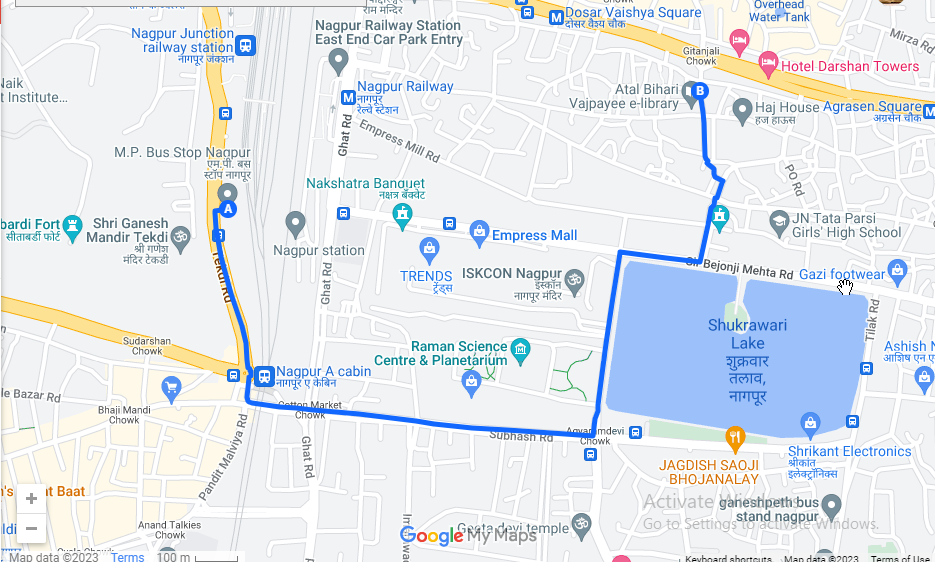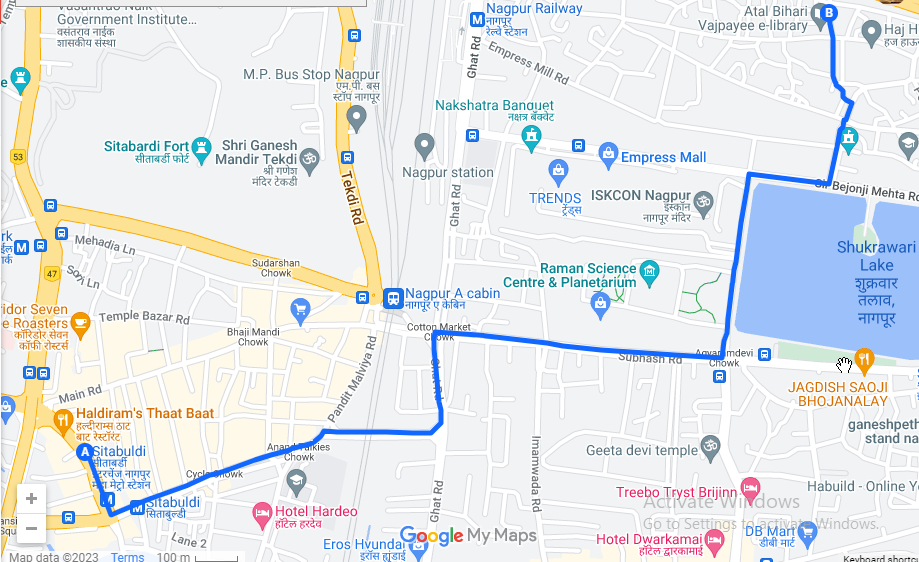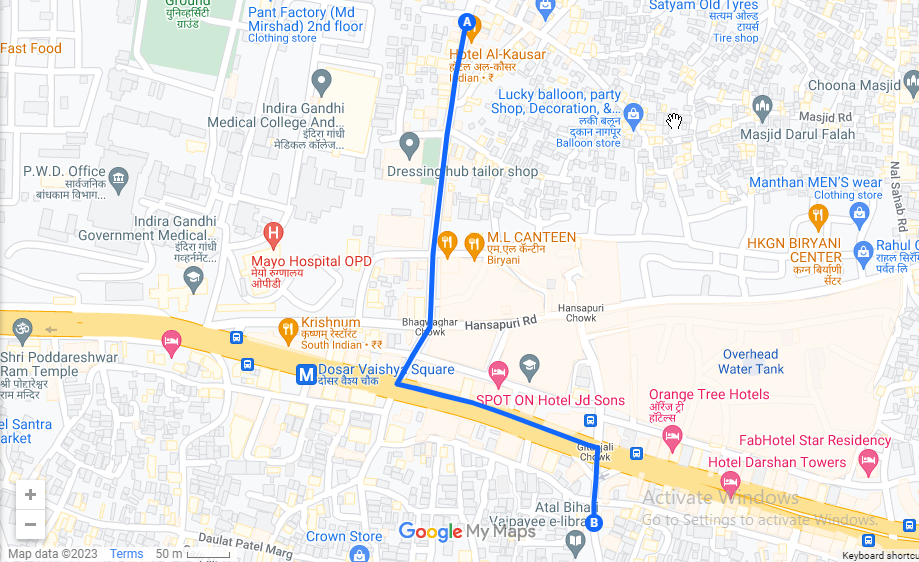Cholesteatoma Treatment involves the management of a gentle and kindly but potentially harmful growth in the middle ear. Dr. Darakshan Parveen is a distinguished specialist in Cholesteatoma Treatment with over 17 years of experience and utilizes advanced techniques to address this condition effectively. By employing personalized treatment plans and innovative approaches

DR. DARAKSHAN PARVEEN(ENT SURGEON)
Qualification:
- Qualified from the Government Medical College Agra.
- Postgraduate training in Otorhinolaryngology-Head and Neck Surgery from government medical college Meerut
Experience:
- Over 17 years of experience
- Visting consultant at HCG NCHRI Hospital and Crescent Hospital
How To Reach Dr Darakshan’s Clinic:
The Nearest Public Transport Station To Dr Darakshan’s Clinic:
Nearby Bus Stop
- Gitanjali Square: 130 meters away from Dr Darakshan’s Clinic
- Seva Sadan Bhavan: 350 meters away from Dr Darakshan’s Clinic
Nearby Metro Station
- Dosar Bhawan Metro Station: 350 meters away from Dr Darakshan’s Clinic
- Agrasen metro station: 600 meters away from Dr Darakshan’s Clinic
- Meyo Hospital Metro Station: 550 meters away from Dr Darakshan’s Clinic
What is cholesteatoma and how does it develop?
Cholesteatoma is an abnormal growth of skin cells in the middle ear. It develops due to factors such as repeated ear infections, eardrum injuries, or congenital abnormalities. Over time, these factors can lead to the accumulation of skin cells and the formation of a cholesteatoma, which can cause hearing loss and other complications.
What are the symptoms of cholesteatoma, and how is it diagnosed?
Symptoms of cholesteatoma include:
- Ear pain or discomfort
- Drainage from the ear, which may have a foul odor
- Hearing loss, often gradual
- Feeling of fullness or pressure in the affected ear
Cholesteatoma is diagnosed through:
- Physical examination of the ear using an otoscope to visualize the ear canal and eardrum
- Imaging tests such as CT scans or MRI to confirm the presence and extent of the cholesteatoma
- Audiometric tests to assess hearing loss and determine its severity
Diagnosis may also involve evaluation of symptoms and medical history to identify risk factors or previous ear conditions that may contribute to the development of cholesteatoma. Early diagnosis is crucial to prevent complications and guide appropriate treatment.
Why is it important to treat cholesteatoma early?
Early treatment of cholesteatoma is essential to prevent potential complications and preserve hearing. If left untreated, cholesteatoma can lead to serious consequences such as:
- Damage to the delicate structures of the middle ear
- Hearing loss, which may become permanent
- Infection spreading to surrounding areas, including the brain
- Facial nerve damage, causing facial weakness or paralysis
- Bone erosion, potentially affecting the balance and stability of the skull. Therefore, prompt intervention can help mitigate these risks and improve the chances of successful treatment outcomes.
When is surgical intervention necessary for cholesteatoma?
Surgical intervention for cholesteatoma is typically necessary when non-surgical treatment options fail to adequately address the condition or when there are significant complications present. Some common scenarios where surgical intervention may be required include:
- The cholesteatoma is large or causing severe symptoms
- There is evidence of bone erosion or damage to surrounding structures
- Recurrent infections despite conservative management
- Preservation of hearing or prevention of complications such as facial nerve damage is deemed necessary. In these cases, surgery aims to remove the cholesteatoma and restore ear health.
What is involved in the recovery process after cholesteatoma surgery, and what follow-up care is needed?
After cholesteatoma surgery, the recovery process typically involves a period of rest and healing. Patients may experience temporary hearing loss, dizziness, or discomfort, which can be managed with pain medication and ear drops. Follow-up care usually includes regular appointments with the ENT surgeon to monitor healing progress, remove any packing or stitches, and assess for any complications. Audiometric tests may also be conducted to evaluate hearing function. Overall, adherence to post-operative instructions and attendance at follow-up appointments are crucial for optimal recovery and treatment success.











